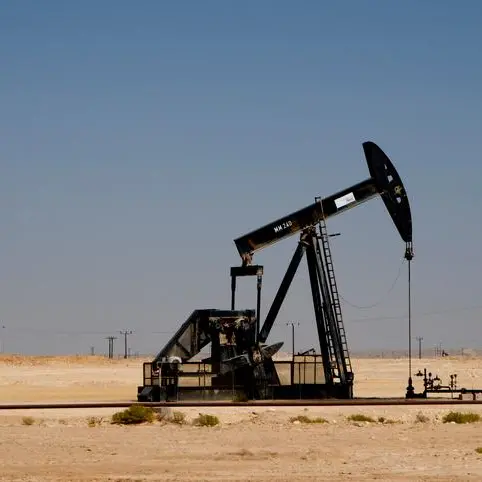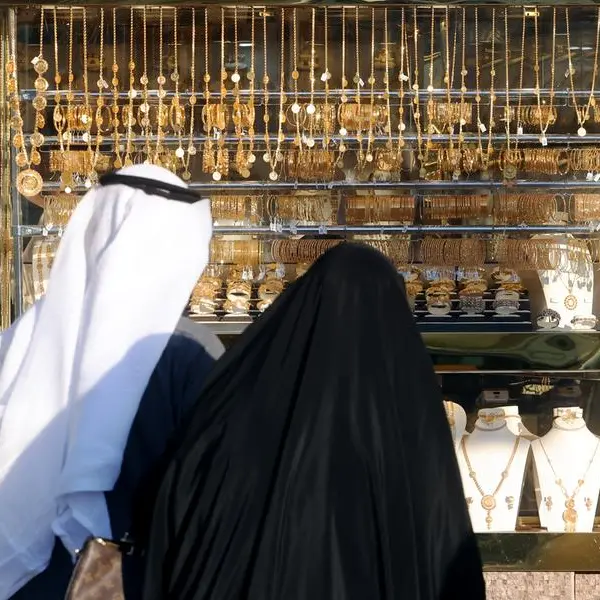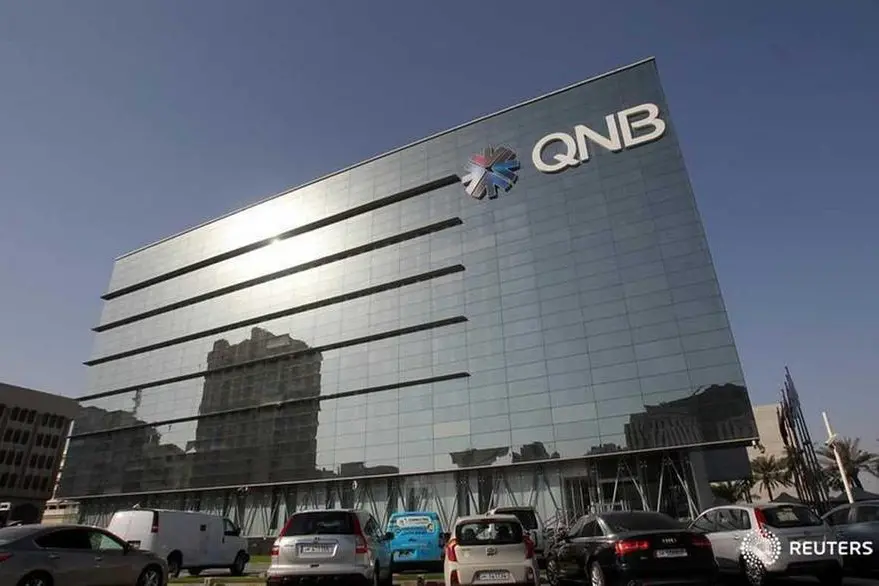PHOTO
Image used for illustrative purpose.
SYDNEY/MELBOURNE - Uranium miners are racing to revive projects mothballed after the Fukushima disaster more than a decade ago, spurred by renewed demand for nuclear energy and a leap in yellowcake prices after Russia's invasion of Ukraine.
Spot prices for uranium have doubled from lows of $28 per pound last year to $64 in April, sparking the rush on projects set aside after a 2011 earthquake and tsunami crippled Japan's Fukushima nuclear power plant.
"Things are moving very quickly in our industry, and we're seeing countries and companies turn to nuclear with an appetite that I'm not sure I've ever seen in my four decades in this business," Tim Gitzel, CEO of Canada's Cameco, which mothballed four of its mines after Fukushima, said on a May 5 earnings call.
Uranium prices began to rise in mid-2021 as several countries seeking to limit climate change said they aimed to move back to nuclear power as a source of carbon-free energy.
A quest for secure energy supplies has added to the potential demand.
Unrest in January in Kazakhstan, which produces 45% of primary global uranium output, had already driven prices further when Moscow's Feb. 24 invasion of Ukraine spurred a 50% rally.
Russia accounts for 35% of global supply of enriched uranium.
Prices have retreated since a peak in April, but John Ciampaglia, CEO of Sprott Asset Management, which runs the Sprott Physical Uranium Trust, told Reuters Moscow's invasion had "shifted the energy markets dramatically".
"Now the theme is about energy security, energy independence and trying to move away from Russian origin energy supply chains," he said.
There are about 440 nuclear power plants around the world that require approximately 180 million pounds of uranium every year, according to the World Nuclear Association.
Uranium mines produce about 130 million pounds, a deficit that mining executives predict will widen even if idled capacity by major producers such as Cameco and Kazakhstan's Kazatomprom comes back online.
The supply gap used to be filled by stockpiled material, much of which came from Russia.
Now, miners are dusting off feasibility studies for mothballed mines and reviving projects.
In Australia, uranium producers - including Paladin Energy Ltd which aims to restart its Langer Heinrich uranium mine in Namibia, idled over a decade ago - have raised close to A$400 million ($282.08 million) in share sales over the last six months to fund exploration and resuscitate mines on three continents.
"With all of the additional demand that's coming from the new nuclear (plants), the thesis is that over a five or 10-year period, that additional demand will just dwarf those volumes coming back to market," said Regal Funds Management analyst James Hood.
China plans to build 150 new reactors between 2020 and 2035 and Japan also aims to boost nuclear capacity as does South Korea.
In Europe, Britain has committed to build one new nuclear plant every year while France plans to build 14 new reactors and the European Union has proposed counting nuclear plants as a green investment.
EASIER SAID THAN DONE?
Delivering the new reactors, however, will be a challenge as repeated delays and cost-overruns could be exacerbated by the supply chain problems following the pandemic and the additional disruption of the Ukraine war, making demand for uranium hard to predict.
Many environmental campaigners, especially in the West, also remain opposed to nuclear energy because of the waste it generates even though atomic power is emissions-free.
Advocates of nuclear energy say small modular reactors are a solution to the difficulty of bringing on new capacity.
Keith Bowes, managing director of Lotus Resources, which owns the idled Kayelekera uranium mine in Malawi, says modular reactors will be a major source of growth from 2028 onwards.
Others say the traditional obstacle of high cost is less of a problem given the sharpened focus on security of supply.
"No longer is price the determinant, it's now security of supply," Duncan Craib, managing director at Boss Resources told the Macquarie Australia conference on May 9.
Boss will make a final investment decision soon on developing the Honeymoon uranium mine in South Australia, aiming for first production 18 months after any go-ahead.
Sprott's Ciampaglia said uranium could hit $100 per pound in the long run. Prices peaked around $140 per pound in 2007.
This year's rally has taken them to levels last seen in 2011 in part as a result of Sprott's activity in the market with its uranium funds growing from near zero last year to about $4 billion now.
Ciampaglia said Sprott's buying is in response to investor demand: "The Trust provides investors with a vehicle to express their view on physical uranium."
Smaller uranium developers also want to get involved, but will need prices of at least $60 a pound to ensure the economic viability of projects, industry watchers said.
Even then there would be risks. The restart of idled capacity from uranium giants could disproportionately hit smaller players while community opposition in some areas remains.
"No mine development or restart of an idled mine is easy or without challenges," said Guy Keller, manager of Tribeca Investment Partners’ Nuclear Energy Opportunities Fund.
(Reporting by Praveen Menon and Sonali Paul; editing by Barbara Lewis)





















